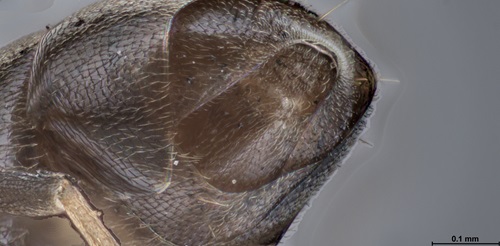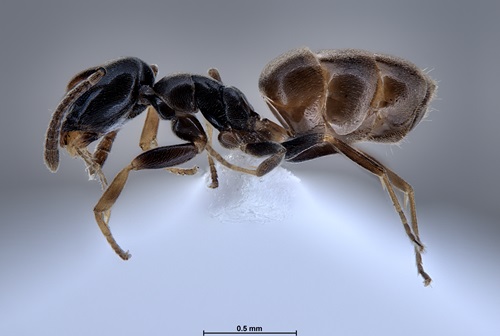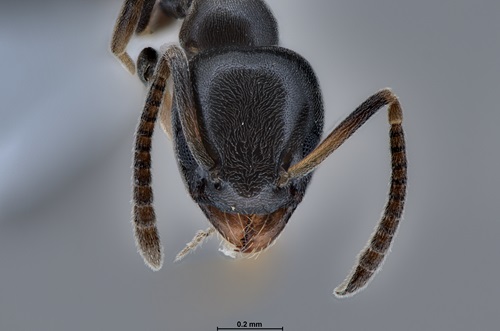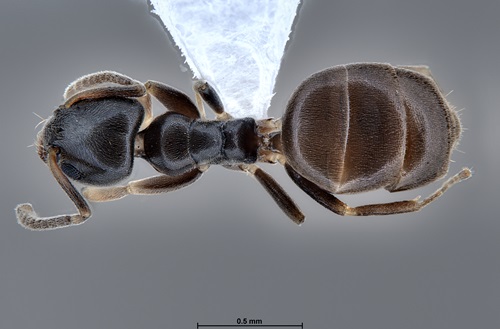Matt Smith and Stuart Roberts win NBN Award
Long time BWARS members Matt Smith and Stuart Roberts have been named as joint-winners of the inaugural NBN Verifier’s Award 2024. Each of them have verified over 150,000 records on iRecord, having been involved since the early days of iRecord in 2012/2013. Full details can be found here.
- Read more about Matt Smith and Stuart Roberts win NBN Award
- Log in to post comments






